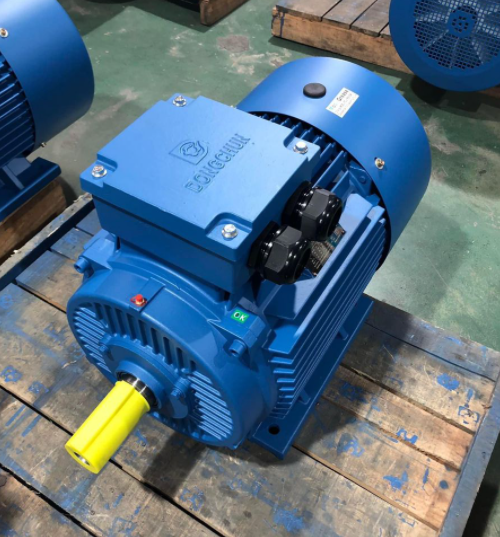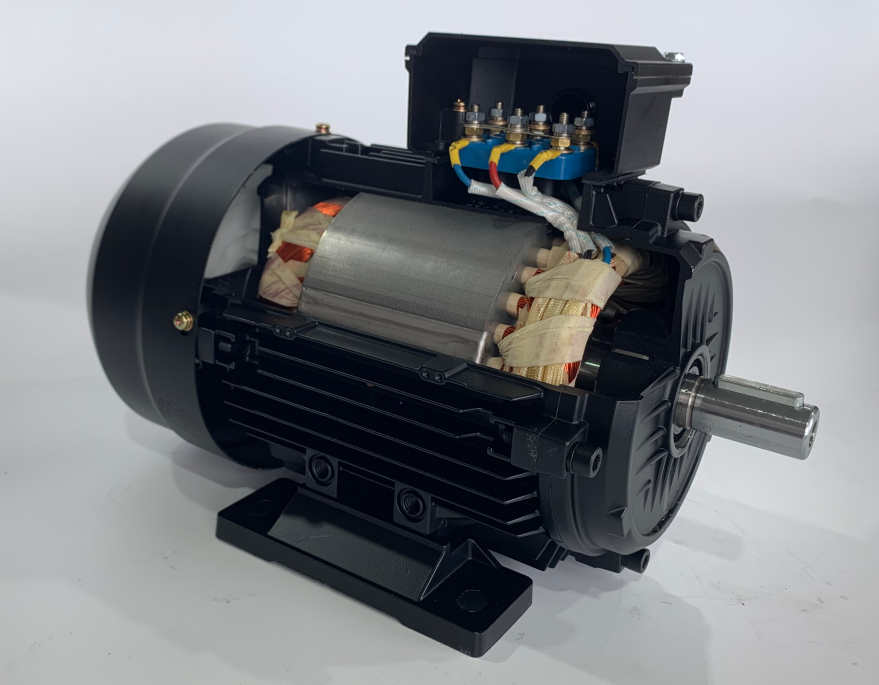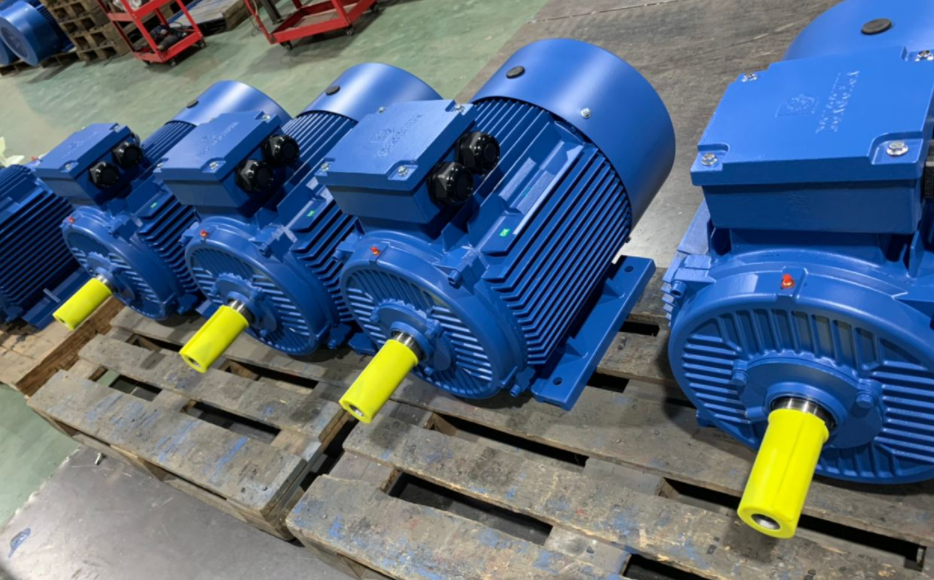Stall is a state of static rotor relative to the stator that can be encountered during electric motor testing or operation.
In the electric motor test process, through the rotor blocking rotor current and losses under different voltage conditions, to determine and evaluate some performance parameters of the motor.
It is a kind of artificial operation process; and in the motor operation process, when the motor overload, under voltage and other problems, may also occur when the electric motor speed is slow, or even stop rotating phenomenon, which is electric motor operation process is more taboo a kind of operating fault.

But whichever factor causes rotor blockage, the end result is a cliff increase in electric motor current and the electric motor windings may be in danger of being instantaneously burnt.
The nature of electric motor rotor rotation is all due to the counter-electromotive force generated by the rotor section on the closed circuit; in some motors (such as wound rotor motors with open circuit voltage) the counter-electromotive force can be measured directly, while in others the motor rotor counter-electromotive force can only be calculated indirectly.
The moment the electric motor is started, it is also the relatively static state of the rotor after the voltage has been applied to the electric motor; the current in this state is higher, and as the electric motor speed increases, the current will gradually decrease down.

Let's analyse the characteristics of the current change in the process of starting the electric motor.
The moment the electric motor is energised, the rotor is almost motionless and the current is at its maximum, producing a "reverse electromotive force" in the rotor, which is opposite to the voltage loaded on the stator part and plays a role in restraining the current.
At first the reverse electromotive force is very small, the current is very high, the electric motor's rotating torque is also larger, and the speed gradually increases; as the speed increases, the reverse electromotive force also increases, the motor's current also decreases.
when the dynamic torque and resistance torque reach a balance, the electric motor will enter a relatively constant speed operation.

From this we can summarize the following points.
Whether it is a DC motor or an AC motor, the rotor will generate a reverse electromotive force when it rotates.
- The greater the speed, the greater the reverse electromotive force, the more it tends to the input voltage, this voltage and the input voltage almost cancel, so the no-load current is very small.
- When carrying load, the speed becomes slower, the reverse electromotive force becomes smaller, the load current becomes larger;
- when blocked, the reverse electromotive force is zero, at this time the load current is maximum
If you want to get more information about electric motor,
Please kindly contact DONGCHUN MOTOR China,
Dongchun motor is a professional manufacturer of electric motors for more than 15 years experience in China.

Please kindly check the proudcts as follows
single phase motor: YC, YCL with cast iron body and ML , MY motor with Aluminium body
Three phase motor : IE1, IE2, IE3 motor for both cast iron body and Aluminium body
Brake motor: DC brake motor and AC brake motor
VFD motor : frequency variable drive motors.
Get a Free quote from Dongchun motor








